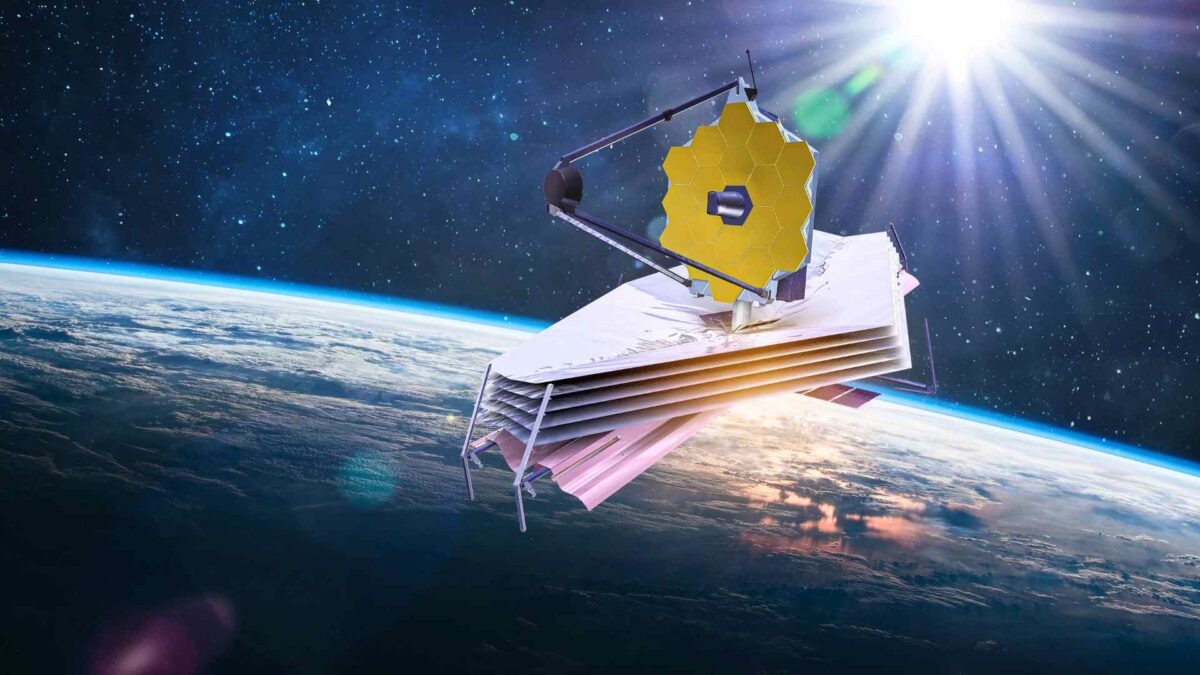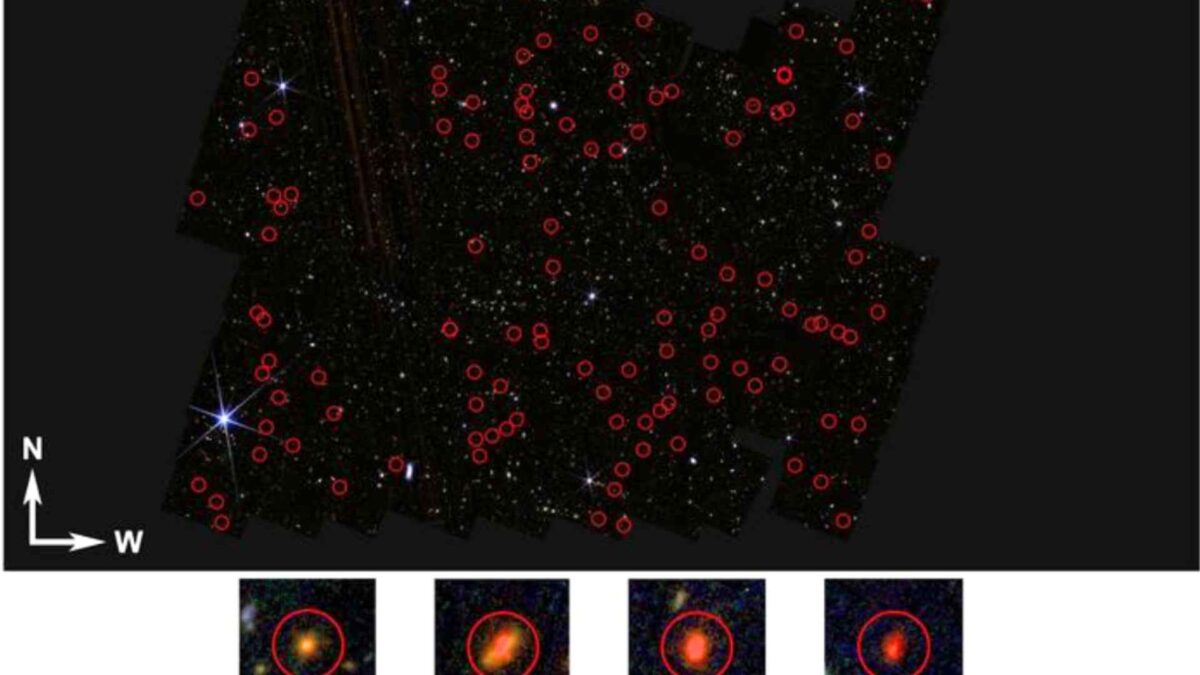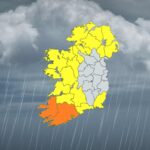
Webb Telescope Uncovers 300 Cosmic Mysteries

Astronomers at the University of Missouri have identified 300 unusually bright objects in deep space using infrared images from NASA’s James Webb Space Telescope (JWST). They believe some could be among the earliest galaxies ever formed.
“If even a few of these objects turn out to be what we think they are, our discovery could challenge current ideas about how galaxies formed in the early universe,” said Haojing Yan, professor of astronomy at Missouri and co-author of the study. The early universe refers to the period when the first stars and galaxies began to take shape.
The research used two of JWST’s infrared cameras, the Near-Infrared Camera and the Mid-Infrared Instrument, to detect light from extremely distant objects. As light from these early galaxies travels across space, it stretches into longer wavelengths, a process known as redshift. The higher the redshift, the farther away the galaxy and the closer it is to the universe’s beginning.

To pinpoint potential early galaxies, the team applied the “dropout” technique, which looks for objects that appear in redder wavelengths but disappear in bluer ones. This is caused by the Lyman Break, a feature created when ultraviolet light is absorbed by neutral hydrogen.
Researchers then estimated the galaxies’ distances, ages and masses using spectral energy distribution fitting, a method employed when full spectroscopic data is not yet available. One candidate has already been confirmed as an early galaxy through spectroscopy, the gold-standard technique for determining a galaxy’s properties.
The study, published in The Astrophysical Journal, concludes that further spectroscopic analysis will be needed to determine how many of these bright objects truly date from the universe’s earliest era.
Share this WeathÉire story:







